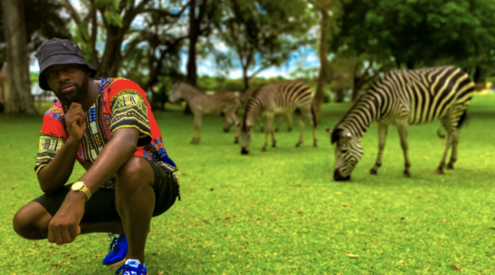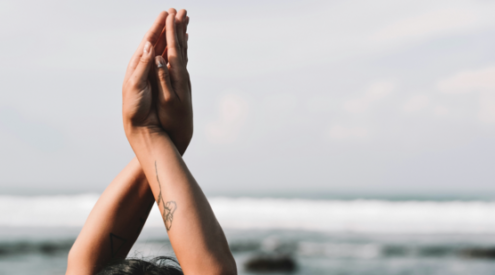Backs straining, and breath short, they slowly descend the steep valley side. A gasp as one of the donkeys loses its footing, but quickly corrects itself. Sweat is often mixed with blood on the treacherous almost two-day journey from home to the nearest civilization, only accessible via donkey and horseback.
No one said the road to Hell would be an easy one.
Decades ago a small band of hardy South Africans decided to find a secluded place for themselves to live within our vast land. After 130 years they decided to call it a day and all but two remained in what must be arguably one of South Africa’s most inaccessible, but also beautiful spots – Gamkaskloof.
Earlier this year, I partnered with CapeNature to highlight some of their uniquely wild escapes in the country. This time it was the Gamkaskloof in the Swartberg Nature Reserve.
Getting to Gamkaskloof

Gamkaskloof, known also as ‘Die Hel/The Hell’, lies at the very end of one of the most spectacular series of mountain passes and backroads that lead you to this remote location. Dubbed Die Hel because the kloof is difficult to access, and also after the Dutch/Afrikaans word helling for incline. A 4×4 or high-clearance 4×2 is recommended for the rugged drive.
I’d read and heard stories about the kloof for years, often written or spoken about with awe for its natural beauty but also near inaccessibility. Worried that my car wouldn’t cut it, I called Land Rover Cape Town to see if they could help. Thankfully they were prepared to, and on the day of our trip, a red Range Rover Velar was waiting for us. Now that I had a vehicle capable of taking me there, and three other travel writers in the car, I’d finally be making the infamous journey to Die Hel.
Dubbed the Scarlet Rover by one of our team members the Velar handled the roads effortlessly, it felt like she revelled in them. This is certainly the kind of vehicle you want to take you to The Hell and back.

Image credit: Jared Ruttenberg
Soon after Prince Albert, the legendary Swartberg Pass begins its ascent. The beauty left us open-mouthed at every turn. Once you turn off the Swartberg Pass, it’s a two-hour drive through fynbos-flecked mountains to Gamkaskloof.
Layers of history
Archaeological evidence has revealed that area’s first human inhabitants were the Early Stone Age people over 500,000 years ago. Gamkakloof’s modern history began in 1830, when the first Dutch farmers settled in the valley and began to farm. No road existed and so a treacherous journey, only possible by foot and by donkey, would be made to reach the isolated valley. For 130 years a small community thrived growing to 120 people at its zenith. The road in was only built in 1960, and for the first time the valley was fully opened to the outside world.
With its arrival it was now much easier for the inhabitants to visit the outside world, and soon the lure of community, churches, schools, etc, outgrew the desire to remain in the valley. Coupled with a debilitating drought in the 1970s, all but one family left. Thankfully the kloof was declared a National Heritage Site in 1997, and in 2000, in conjunction with various heritage bodies, CapeNature began to restore the original farm houses into self-catering accommodation. Around ten of these are now open to the public.
The isolation and break from the busy outside world is extremely refreshing, and with no cell reception it’s a digital detox of note. Take some books along, and your hiking boots.

Image credit: Jared Ruttenberg
Do it: The 6km Grootkloof Trail is a scenic introduction to the kloof, and a field guide is available from the information centre, giving you an education on the fauna, flora, geology and other finds in the kloof. The shorter 2,8km Koningsgat trail is an easy walk, with a chance to rest halfway at the widest section of the Gamkaskloof River. Pack a costume in summer. It also makes a good lunch spot.
Need to know: Make sure you have enough fuel before driving in and out. There’s a small store in the valley and the fig jam is heavenly.
Cost: We stayed in the Koot Kordier cottage, a six-sleeper with one of the best views. 1-4 persons per night R1300 (peak), R800 (off-peak), additional per person per night R240 (max 6). Camping is available in the area from R150 per person per night
Contact: CapeNature on or book online at capenature.co.za





















